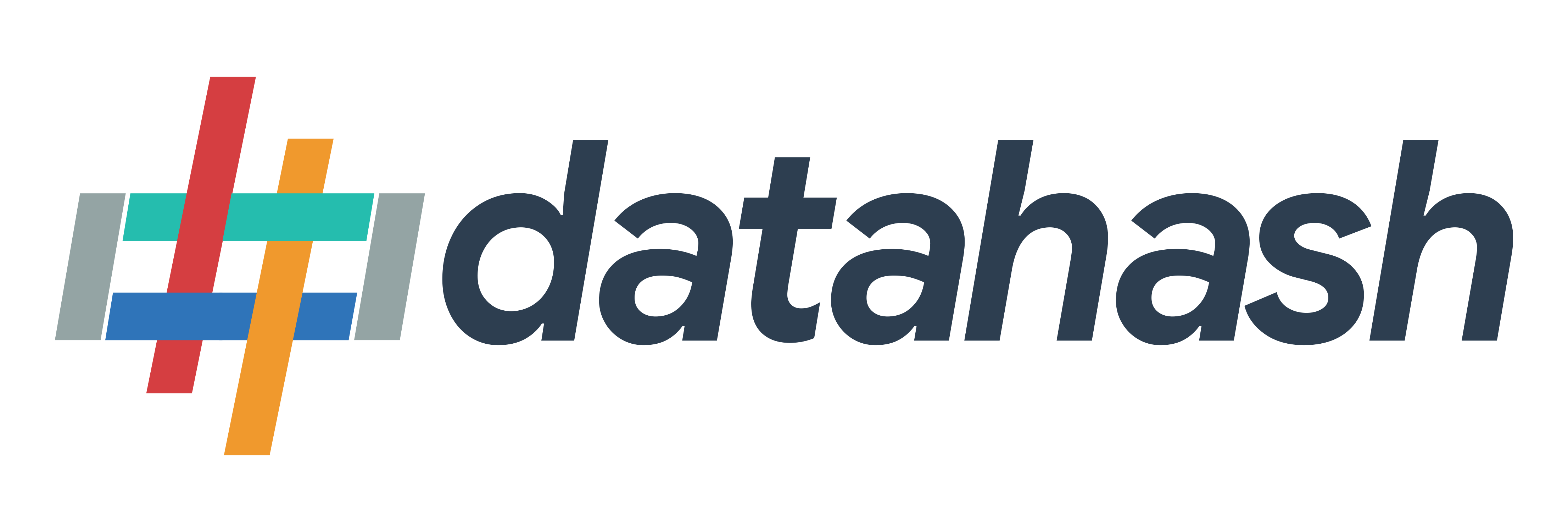Overview
The LinkedIn Conversions API creates a direct connection between an advertiser’s server-side marketing data and LinkedIn. This enables advertisers to measure the performance of their LinkedIn marketing campaigns, regardless of where the conversion occurs, and use this data to optimize their campaigns. The Conversions API can help improve performance and reduce cost per action through more complete attribution, enhanced data reliability, and better-optimized delivery.
Goal:
- Reduce cost per action through improved data connectivity
- Optimize ads for actions that occur later in the customer journey
- Improve measurement accuracy
- Enhance event matching to further reduce the cost per action
- Increase control over your data
Source Set-up
The website data source is the most common way to track user actions. It captures user interactions and hashed user data, which can be sent to various destinations such as ad platforms (for targeting and optimization), analytics systems, and marketing automation tools.
Destination Set-up
The LinkedIn Conversions API destination is set up by authenticating the LinkedIn Ads account. Once authenticated, conversion rules—previously created in the LinkedIn Ads account—need to be mapped.
Pre-requisites
- A Datahash account with Website Source and LinkedIn Conversions API destination connectors enabled
- Access to the Domain Manager of your website to configure a subdomain
- Access to Google Tag Manager or your website code to implement tags
- A LinkedIn Business Manager account
This document will guide you through the implementation of LinkedIn Conversions API (CAPI) through your website as a data source.
Implementation of LinkedIn Conversions API (Web CAPI) includes the following three steps:
Step 1: Set up a sub-domain for first-party cookies












